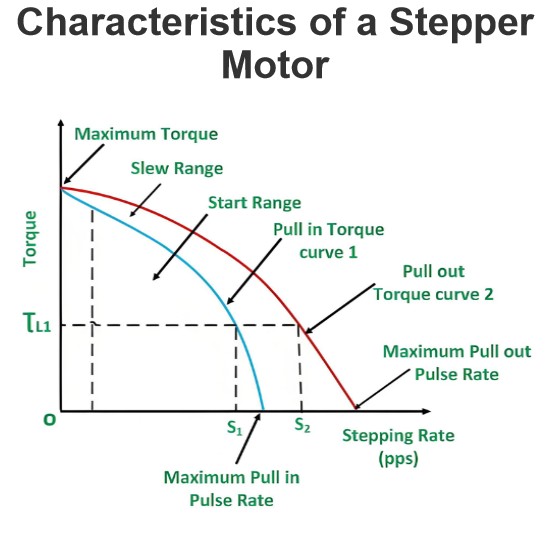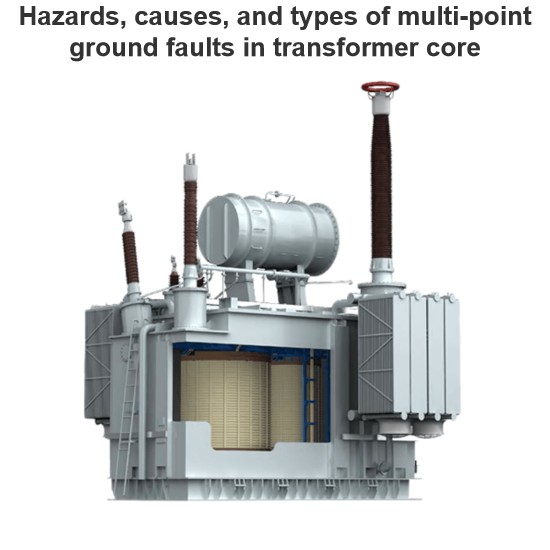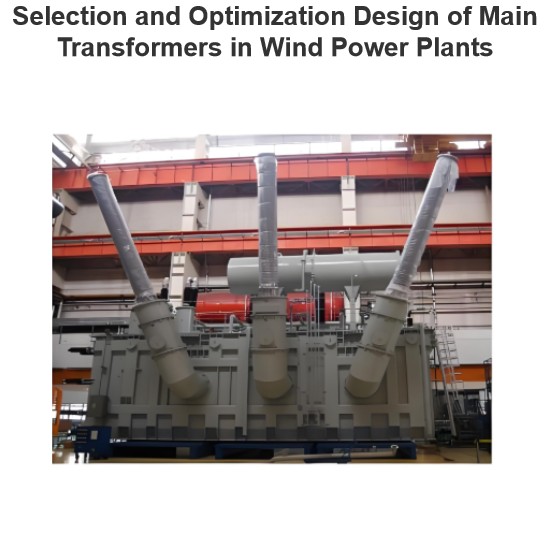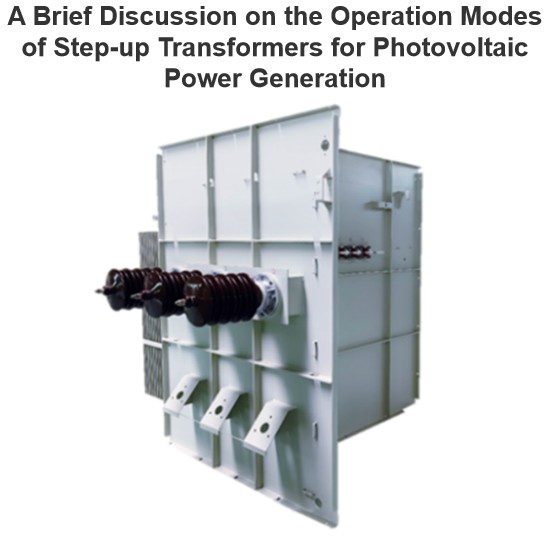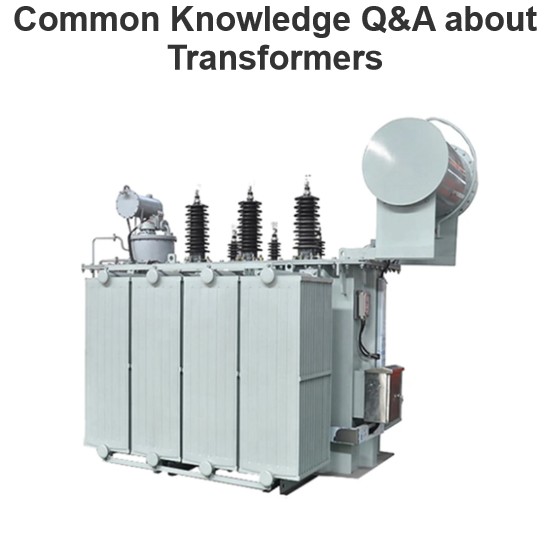| Brand | Switchgear parts |
| Model NO. | 1KVL.V thermal cable terminal specifications |
| Rated voltage | 1kV |
| number of core | 4-core |
| Series | SY |
Use and characteristics
1kV Heat shrinkable cable accessories products widely used 0.6 / 1KVcross-linked cable terminal and the middle of the continuous insulationtreatment, according to the number of cable core can be divided into 1-core.2-cores. 3-cores.4-cores. 5-cores and other cables to meet the differentcross-section. With small size. Light weight. Reliable operation. Easyinstallation and so on.
Applicable cable cross section |
Applicable cable core number |
|||||
NO |
Section(mm2) |
1-core |
2-cores |
3-cores |
4-cores |
5-cores |
1 |
10~16 |
SY-1/1.0 |
SY-1/2.0 |
SY-1/3.0 |
SY-1/4.0 |
SY-1/5.0 |
2 |
25~50 |
SY-1/1.1 |
SY-1/2.1 |
SY-1/3.1 |
SY-1/4.1 |
SY-1/5.1 |
3 |
70~120 |
SY-1/1.2 |
SY-1/2.2 |
SY-1/3.2 |
SY-1/4.2 |
SY-1/5.2 |
4 |
150~240 |
SY-1/1.3 |
SY-1/2.3 |
SY-1/3.3 |
SY-1/4.3 |
SY-1/5.3 |
5 |
300~500 |
SY-1/1.4 |
SY-1/2.4 |
SY-1/3.4 |
SY-1/4.4 |
SY-1/5.4 |

